When traveling for a long time, tires will appear damaged, and the most common problem is tire puncture. In this case, tire patching is an effective method that helps save both time and money.
So, how long does a patched tire last? Patch tires typically have an average lifespan of 7-10 years or more. This number is only approximate if you follow the procedure correctly!
The next section of the article will analyze more deeply for you to have more detailed and helpful information. Let’s check it out!
How Long Does A Patched Tire Last?If a tire is patched and repaired according to standard procedures, it can last for 7-10 years. Depending on the use of different one patching methods, the time is not the same, but it is not too much difference that the distance exists.
To use it for a long time, you need to keep quite strict rules, such as avoiding collisions in dangerous places, not driving too fast, and not patching the top twice. It can cause the car to have more severe speed problems than a sudden explosion that is dangerous in traffic in the long run.
The advice is to go to a reputable maintenance center to have the staff consider the most suitable car repair plan.
Types Of Repairs And Their DurationThere are three ways to patch tires to ensure safety standards when performing.
PatchThe way to increase the success rate when patching the car is to observe closely and determine the wound’s correct position.
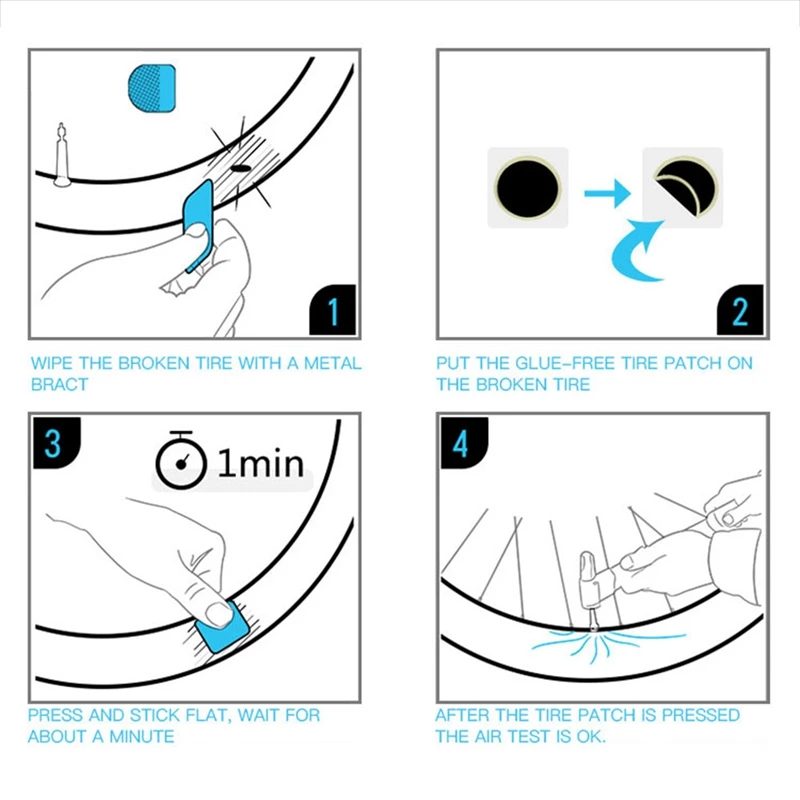
This process takes about 20-30 minutes, and it can take longer depending on the severity of the wound. According to the manufacturer, the shelf life ranges from 7 to 10 years.
PlugNext is to use the plug to repair the tire. The method essence is to use an adhesive that can be to the size that fits the hole to prevent gas leakage to the outside. However, car tire companies do not agree with the above usage.
Over time, factors from the environment air cause the tire and plug to change, losing the protective shield so that the wound will return to its original state.
The corrosion of oxygen causes the loss of the steel belt, destroys the structure, and causes the separation to be dangerous for the user.
Repair Patch-PlugCombining patching with both methods increases the success rate of the repair.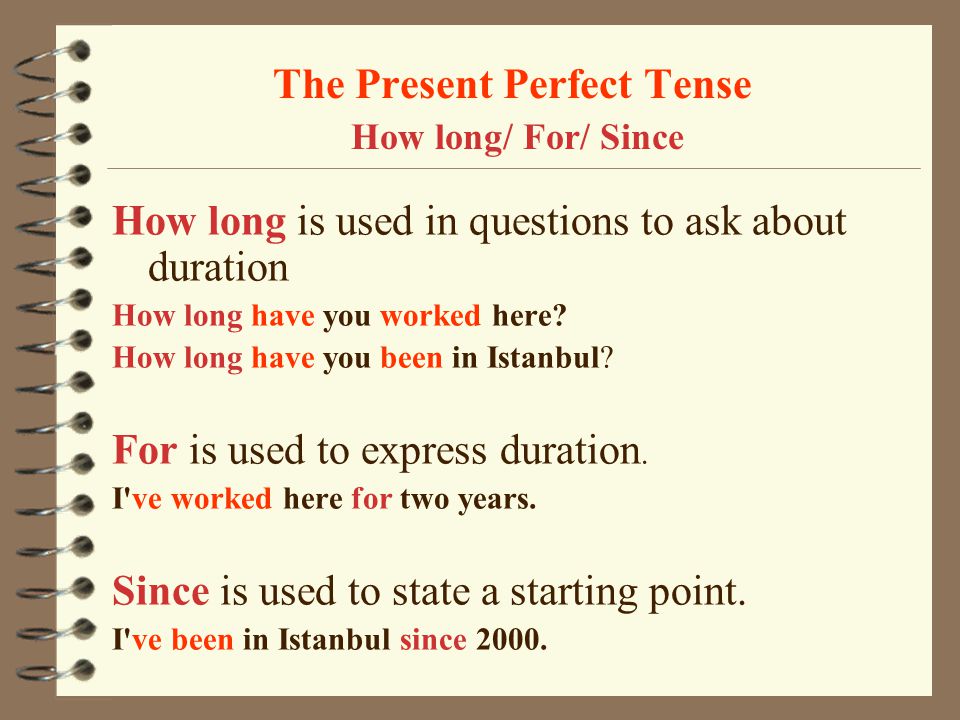 The way to do it is quite a lot of steps, perform the following stages:
The way to do it is quite a lot of steps, perform the following stages:
Thus, both plugging and patching the rubber will ensure airtightness at the wheel, which experts recommend is the most robust reinforcement method.
Watch this video for extended:
Is It Safe To Drive With A Patched Tire?
There is no need to worry too much about safety when driving with patched tires. Instead of opting for a long run on a spare one or a flat tire, we can confidently tell you it’s a lot more secure.
Instead of opting for a long run on a spare one or a flat tire, we can confidently tell you it’s a lot more secure.
Once patched, it will return to function as a regular one even when traveling on rough roads.
However, to be longer and safer, we recommend limiting. If you often drive at fast speeds, you should change new tires to be sure.
In addition, instead of repairing it yourself or going to the centers with professional skills to get the best support.
Are Patched Tires Good?The answer is yes. While not entirely comparable to a new one, it will be better when traveling on a flat or spare tire.
The patched model has wholly prevented the risk of gas entering the interior, restoring the functions of a regular wheel for at least five years. So don’t worry, feel free to use the wheel like that.
Can A Tire Be Patched Twice?If the gap between the holes is not less than 16 inches, it is possible. However, car manufacturers still recommend that you do not patch more than twice, fix the location too close to each other to ensure as much safety as possible.
At regular intervals, please observe whether the used one has a condition of inflated or damaged in time to prevent it.
How Fast Does The Patch Dry?The patches will dry quickly; leave on for about 30 minutes to check for peeling. If this process is less than the above hours, one is that the glue you are using is not good, the other is that the method of patching is incorrect.
It is necessary to carefully check the condition of the inside and outside after the patch is done. Otherwise, you will have to lose money again.
ConclusionThere will be many ways to deal with a punctured tire; whether you change a new one or have a patch are all great ideas. But if you can choose, the second way sounds better.
Although changing tires is the best thing to do to keep the car moving safely, the patching method can save time and ensure enough quality factors.
In the above article, we have provided you with the necessary information related to the problem of patching tires. Hopefully, the above article will provide all the required information. Thank you for reading!
Hopefully, the above article will provide all the required information. Thank you for reading!
Alvin Reyes
Alvin Reyes has expertise in automotive evaluation. He collaborated with famous newspapers and is still making efforts in tire review for DrivingPress.com
This post was last updated onWhat can you do with the flat tire? Some drivers recommend a patch as a durable and cheap solution, but how long does a patched tire last?
On average, you can use it for about seven to ten years. Its lifespan varies depending on what method you choose to patch it.
How many types of tire patches are there? What works best?
For detailed answers, let's follow our post!
If done properly by an expert, the repair can last seven to ten years. A patch itself won't perform as well as a spare tire, but it is more durable.
To keep it running for a long time, you must stick to a set of tight restrictions, such as avoiding accidents in dangerous areas, driving slowly, and not patching twice.
Carelessness can lead to more serious speed troubles than an explosion, which can be deadly in commuting in the long term.
The recommendation is to go to a reliable maintenance business and have the experts determine the best auto repair solution for you.
The lifespan of a patch tires is contingent on the type of patching you choose. The most prevalent sorts of patches are as follows:
This option works for the leaks and small gashes in the tread surface. It covers the hole by sealing the surface.
When fixed by an expert, a patch can last around 7 to 10 years. Technicians have the skills and tools to perform the job quickly, making professional maintenance safer.
Patch tires is good for small holes
The plug, which can work for 25,000 kilometers of driving, helps prevent air from leaking to the outside.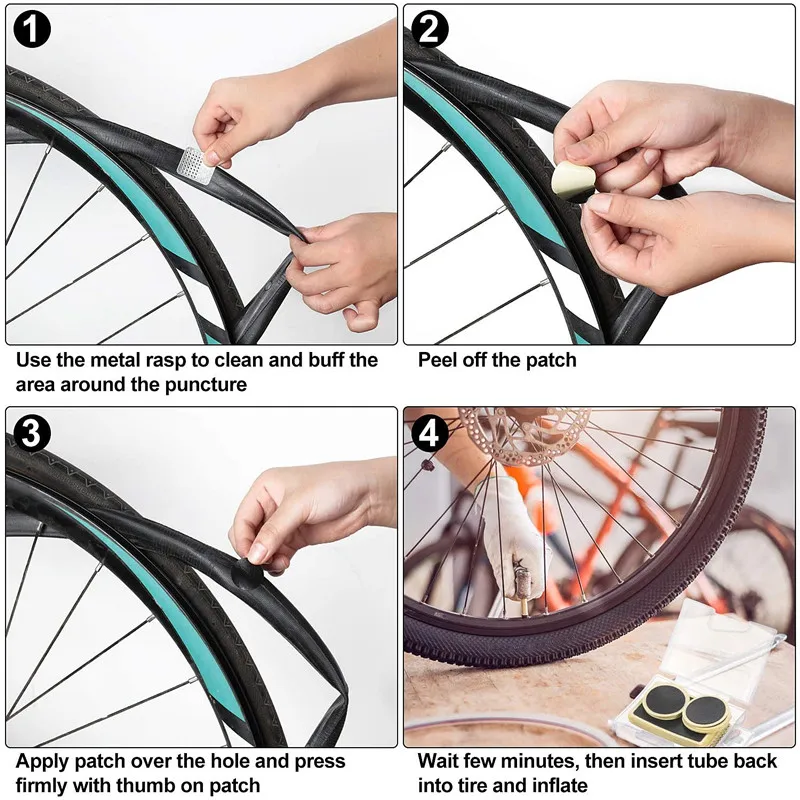
Normally, the tire plug method is applied to holes that are less than 6 millimeters in diameter or located in the surface of the tire.
You can refer to the specific method of plugging tires as follows:
Combining patching and plugging tires improves the repair's success rate. The procedure has several steps, including:
You can proceed with tire patching using this method as follows:
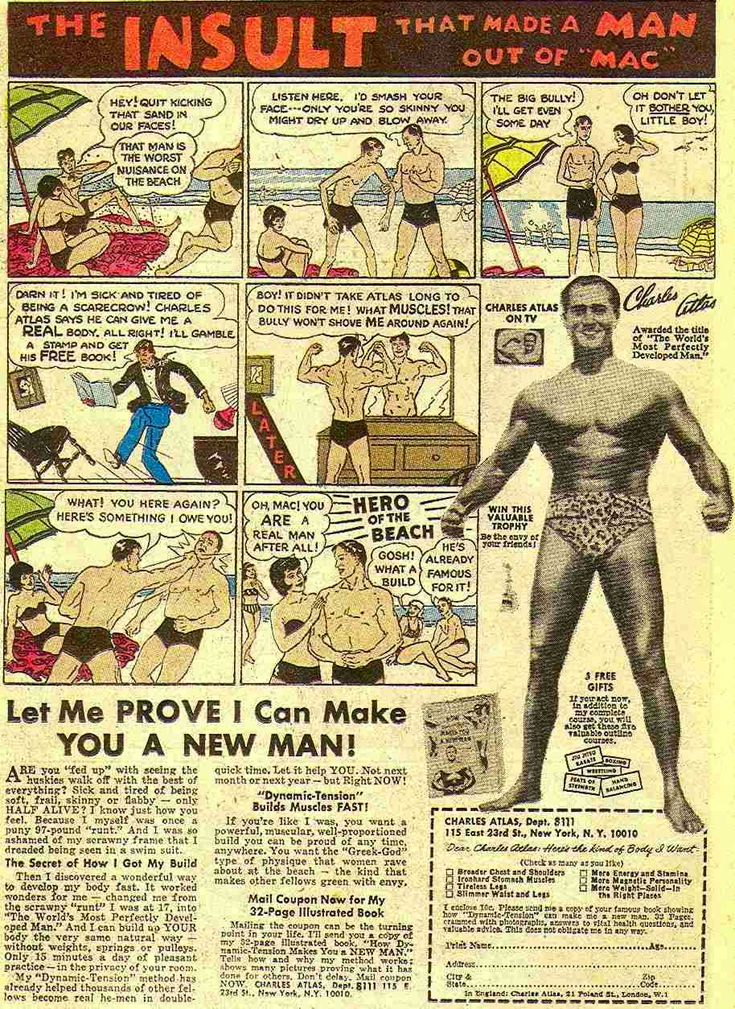
This video shows you a complete process of a patch/plug repair:
Experts advise patching and plugging the rubber to maintain the airtightness of the wheel, which is the most durable reinforcement technique.
They should be. On the other hand, a patch-plug combo repair will be even safer for driving for longer periods.
You should be aware that performing the repair work yourself may be an unsafe solution. Instead, maybe have a professional do it for you.
The answer depends on the age of the tire when you fix it. Experts suggest replacing the tires after six to ten years. Hence, patches can only make the tires as new as before the treatment.
Experts suggest replacing the tires after six to ten years. Hence, patches can only make the tires as new as before the treatment.
Yes. It will be safer while driving on a spare tire, yet it will not be completely similar to a new unit.
This repair has completely eliminated the possibility of gas penetrating the interior for at least five years, recovering the wheel's functionality. So feel free to drive with the wheels in this manner.
Consider these useful suggestions before deciding whether or not to patch the tires. You can avoid mistakes and stay safe on the road.
 The repair is not durable and strong enough to support the surface during high speeds. Estimate the size of the puncture or cut that damaged the tires. Patching is the optimal solution for punctures that are 1/4 inch or smaller.
The repair is not durable and strong enough to support the surface during high speeds. Estimate the size of the puncture or cut that damaged the tires. Patching is the optimal solution for punctures that are 1/4 inch or smaller.The following answers and questions give you more information about repairing flat tires. Let's check them one by one!
Although a repair might survive for years, it is not a long-term solution for a punctured tire. A plug/patch repair works better.
Patches can dry in a matter of seconds. On the other hand, a good repair should take approximately thirty minutes since the mechanic has to remove the tire from the vehicle to examine for any further damage.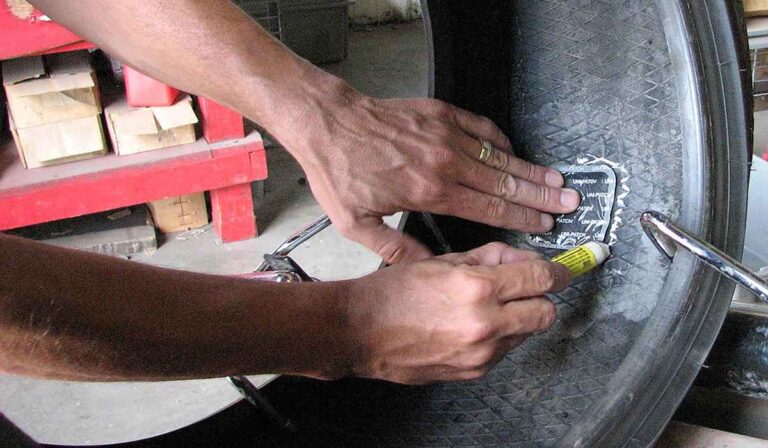
If the whole process takes less time, it's not right. Ensure the technician repairing scans for damage on both the interior and exterior of the tread.
Otherwise, you could have to pay for another service.
Yes, as long as the spacing between the holes is not bigger than 16 inches. However, don't patch it more than twice if you want to be safer.
Please check at frequent intervals to see whether the old one has become damaged or inflated.
For larger holes, but not reaching the sidewalls, and ones that aren't perfectly straight, patches are preferable over plugs.
If you need to fix the sidewall, patching will likely not suffice, and you'll need to change the tire.
Consumer disputes over the age of tires have not subsided for several seasons. Buyers are excited that the warranty period for tires is limited to 5-6 years according to GOST, and after the expiration of this period, the rubber becomes unusable.
Is this really the case, read this article.
Manufacturers of most brands on their products set Shelf life is 5 years and service life is also 5 years .
The shelf life of a tire is the period during which it retains its performance when properly stored.
The end of this period does not mean that the tires have become unusable . A shelf life of 5 years is given by manufacturers because, by law, they cannot set a shelf life higher than the service life. Tires over 5 years of storage cannot be called damaged or defective, their technical characteristics may be slightly reduced. American researchers argue that the period of storage of "shoes" must be at least 10 years. Experts from Germany are sure that it cannot exceed 6 years.
The expiration date of tires is the warranty period during which the manufacturer is responsible for the quality and condition of the tire if it was used for its intended purpose without violating the operating rules.
According to Russian legislation (GOST 5513, GOST 4754-97) , the service life of tires is 5 years from the date of manufacture.
How can I find out the date of manufacture of tires?
You can find out the age of tires by a special DOT code. Tires manufactured after 2000 in the DOT code contain two pairs of numbers, where the first pair indicates the week number of the year, and the second pair indicates the year. Earlier tires before 2000 have 3 numbers in their composition, where the first two digits are the week number, and the last one is the year (see the transcript in the photo).
Determination of the average shelf life of a tire according to GOST and operating conditions.
- The symbol ZR denotes tires for high-speed cars. They are recommended to be used at speeds over 240 km/h. up to 6 years
- Tires with the H symbol are used at a maximum speed of 210 km/h. within 5 years.
- The sign S symbolizes the maximum permissible speed of 180 km/h. and operational period of 4-5 years.
Most tire manufacturers do not agree that tire life is limited to 5 years. Each company has its own opinion on this matter. We analyzed several of them and the information they posted on their official websites.
Michelin
The French tire manufacturer Michelin has become famous for its active fight against the perception of the rapid aging of tires as a perishable product. Her information campaign "Tires Are Not Bananas" created a lot of noise in the automotive environment. According to the representative office, several test trials were carried out in Saudi Arabia, South Korea and Germany. As a result of testing, no difference was found between new tires and tires stored for 3 years. They were tested for various characteristics such as rolling resistance, high speed durability, etc. Tires with a year life were approximately equal in performance to 10-year unused tyres.
Tires with a year life were approximately equal in performance to 10-year unused tyres.
Michelin focuses the attention of car owners on the fact that tires are not a perishable product, their shelf life is not as important as the service life is important, starting from the date the tires are installed on the rims. It is from this moment that the tire is subjected to all tests: pressure, temperature changes, wear, contact with uneven and sharp coatings, etc.
Continental
On the Russian official website of Continental, we found the following information on the expiration dates of tires.
“When a tire is stored in the correct position and under the recommended conditions, it will not lose its original balanced performance for 5 years from the date of manufacture of the tire.
A properly maintained, unused tire less than 5 years old can be sold as a new tire and used normally.
Continental recommends replacing all tires (including spares) with a sidewall date greater than 10 years.
Nokian
The following information is posted on the Nokian official website:
“Tire life is not defined by law, but tires can only be considered “new” if they have been manufactured within the last five years. The recommended service life of tires is six years and the recommended maximum period is 10 years.
The opinion of our specialists, based on many years of experience, coincides with the opinion of manufacturers: the shelf life is 5 years + the service life is up to 10 years. Moreover, more "adult" tires, in our opinion, are of better quality.
To keep tires as long as possible, they are stored in compliance with all rules and recommendations. The main condition is a cool, ventilated, darkened room away from oils, paints, ozone, and heat sources.
Rubber products tend to lose their performance over the years. To prevent and slow down this process, manufacturers add polymers to the rubber compound. They prevent oxidative processes that occur due to the interaction of protectors with oxygen and ozone.
The following are the main conditions for the proper storage of tires in accordance with GOST 24779-81:
Maintaining a constant regime without sudden jumps, slight temperature fluctuations from -30°С to +35°С are allowed;
Provide a low humidity level of 50-80% in a dry, ventilated cool room;
Avoid direct sunlight, use darkened hangars, shield heat sources;
Keep away from sources of heat;
Tires should not come into contact with corrosive, copper materials.
Avoid kinking, loading or positioning on an uneven surface.
Avoid contact with oils, organic solvents, acids, alkalis, fuels and lubricants on the tire surface. It is forbidden to lay tires on a wet and dirty surface.
It is forbidden to lay tires on a wet and dirty surface.
In the warm season, when storing tires outside, they should be covered with light-tight material and raised above ground level to ensure ventilation and prevent the occurrence of the greenhouse effect.
Storage on reflective, light and heat absorbing surfaces is prohibited.
Keep away from chemicals, oils, paints, open flames, electric motors that produce ozone.
Used tires must be washed and dried.
Tires without rims should be stored upright.
The service life depends on many factors: the load on the car, the quality of the roads, the driving style, the distance traveled, tire damage, etc. To increase their service life, follow these rules:
Check tire pressure every 2-3 weeks. With reduced pressure, tire wear increases by the equivalent of a % reduction.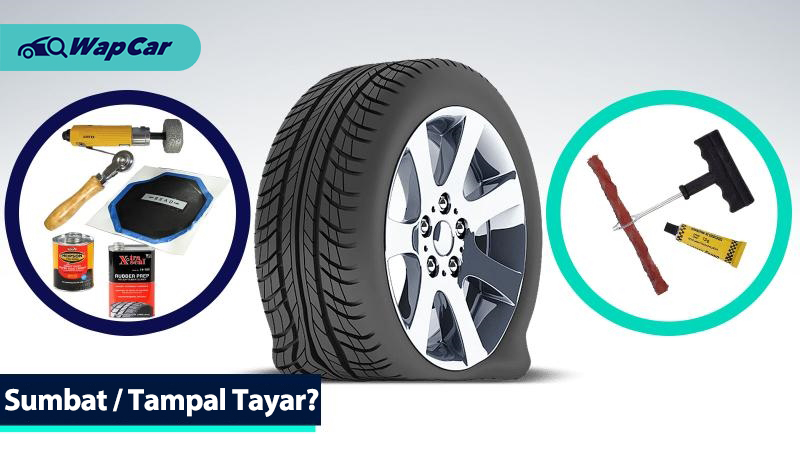 For example, a 15% reduction in pressure can result in a 15% reduction in service life. Inflated tires are less scary.
For example, a 15% reduction in pressure can result in a 15% reduction in service life. Inflated tires are less scary.
The wear of the front tires is always significantly higher than the rear ones, so it is recommended to swap them after some time, carefully watching the direction of the tread pattern and the direction of rotation.
Proper alignment of tires in relation to rims. If the direction is not the same, then performance is significantly reduced.
To prevent damage to the sidewalls of tires, avoid close proximity to curbs and high ledges.
Wash off dirt from the surface of the rubber and from deep grooves with special cleaning agents.
Adhere to an even driving style without harsh brakes and quick starts.
Do not overload the car beyond the norm. 20% excess weight leads to a 30% loss of tire life.
Keep the wheels balanced and check the alignment angles annually.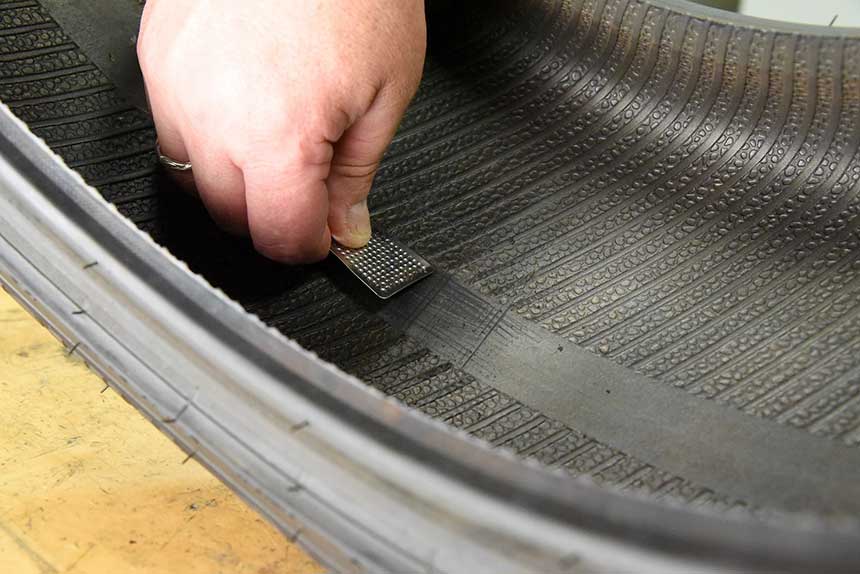
The main condition for a long tire life is:
- high quality products,
- careful operation,
- proper storage of tires in the off-season,
- timely diagnosis.
The age of tires in standard storage is a minor non-determining factor that should not be taken into account when buying them.
Previous article Next article
Photo: Mikhail Tereshchenko / TASS
adv.rbc.ru
See also
Nail, rebar or sharp stone - sometimes you can damage a tire almost from scratch. First of all, the scale of damage is important, and often rubber can still be repaired. Most often, motorists turn to tire shops for repairs in the middle of autumn or spring - just in the season of replacing summer tires with winter tires and vice versa. In order not to stand in lines, it is worth knowing exactly when to go to the tire shop and when to go to the store.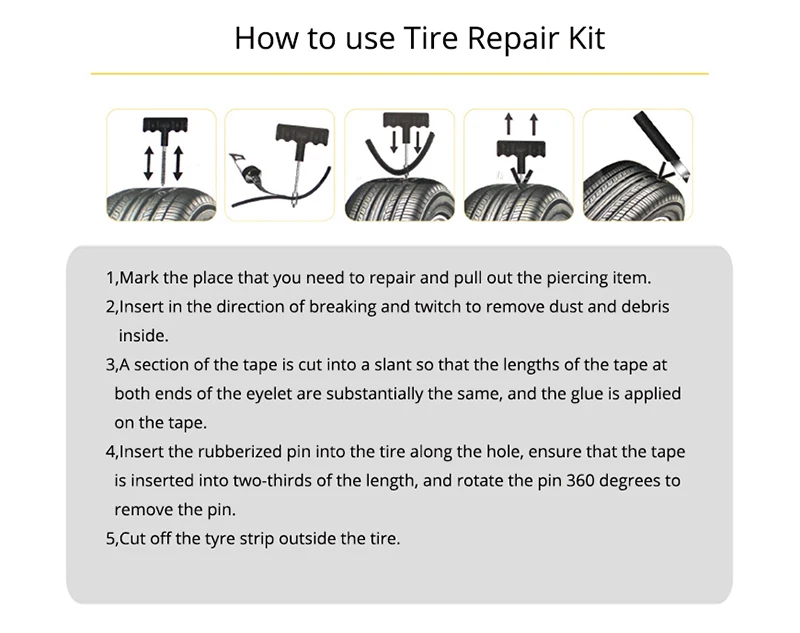
The most common "injury" to rubber is a puncture, and it can most often be repaired. Professionals in the nearest service will do it much faster, and your hands will remain clean. But if the puncture caught you in a deserted place, and there is a pump and a tire repair kit with harnesses in the trunk, you can patch up the tire yourself. Most often, when repairing the front tires, the wheel can not even be removed, it is enough to turn the steering wheel in the right direction and find the puncture site.
First, the hole is cleaned with a helical awl, the repair harness is smeared with glue and tucked into the eye of the awl, after which it is inserted into the tire hole. With a sharp movement, the tool is removed, and the tourniquet remains inside and securely clogs the hole. The tails are cut with a knife, but it is recommended to leave about 20 mm. After that, the tire can be inflated and the pressure checked.
Repair with tourniquets is not considered long-term, because after some time they dry out and begin to let air through.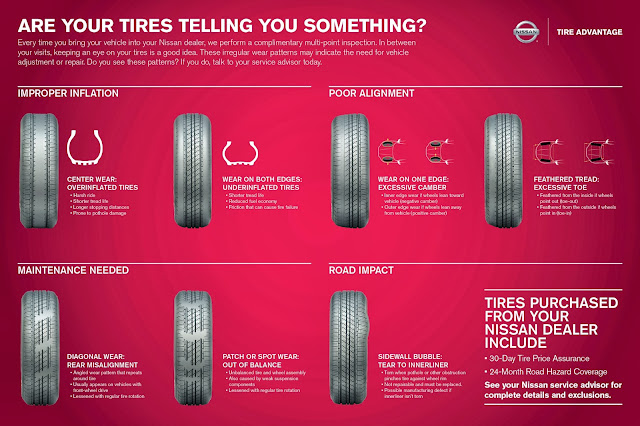 A more advanced puncture repair method is vulcanization. The hole is sealed with an elastic patch, and the funnel at the puncture site is filled with a special compound. A vulcanizer is put on top, which heats the patch and solders the excess.
A more advanced puncture repair method is vulcanization. The hole is sealed with an elastic patch, and the funnel at the puncture site is filled with a special compound. A vulcanizer is put on top, which heats the patch and solders the excess.
Under service conditions, the puncture is also repaired with cord fungus. The puncture site is processed and drilled to roughen. Everything is smeared with glue, after which a fungus is introduced from the inside of the tire, its cap is rolled, and the excess legs are cut off from the outside.
Photo: PA Images / TASS
A puncture can also be repaired with sealant. Many car manufacturers with run flat tubeless tires put compressor repair kits in the car instead of a spare tire - a bottle of pressurized sealant. The car is raised on a jack, after which the sealant is pumped into the damaged wheel through the nipple. Next, you need to spin the wheel and pump it up. After repair, the car should be driven a couple of hundred meters to check the tightness of the tire. If it has not recovered, the procedure is repeated.
It happens that a self-tapping screw or a nail closes the hole in the tire, remaining inside. Do not rush to pull it out - until the pressure drops, you can safely get to the service for vulcanization. Sometimes the wheel begins to blow off a few weeks after the self-tapping screw got into it. Therefore, it is better to check tire pressure periodically, and if the pressure sensor lights up, you should at least visually inspect the tire for a nail head.
A bump or bulge most often occurs on the side of a tire after hitting an obstacle or hitting a hole at speed. From the impact, the sidewall carcass threads are damaged, the tire ceases to hold the load and pressure, swelling appears. Any small bump eventually turns into a larger one, and with such a defect, the wheel can burst at any time. This is a direct safety hazard because a sudden flat tire can cause loss of control and a road accident.
Some bulges can be repaired, but no patch will ever restore a tire to factory stiffness. The ideal option in this case is to replace the tire. If a hernia has appeared on the tread, then you can extend the life of the tire with the help of cord patches - ready-to-use patches with an adhesive layer. But if swelling is found on the sidewall, the likelihood of repair is minimal, the wheel is easier to change. Blisters on low profile tires are generally not repairable.
Only car service professionals can repair a side cut. Cord patches will be needed to repair the damage, but after some time the wheel will still have to be changed. This method will work only if the gap is not in the shoulder area of the tire, then no one will repair it.
In general, cuts or punctures, unlike punctures, are considered non-repairable, since the integrity of the frame is violated. And breakdowns do occur on the go, when the tire abruptly loses pressure and has time to make only a few turns “on the rims” before it comes to a complete stop. In this situation, the cord breaks and the layers of the tire are destroyed. Even if it is possible to close the hole, it is not recommended to use such a weakened tire.
Photo: Mikhail Pletsky / Russian Look
Cracks, sidewall abrasions and unprofessional tire fitting can also lead to tire problems. Cracks can occur as a result of improper storage of tires. Their danger is that moisture begins to flow to the cord, and this already renders the frame unusable. Air can also escape through cracks. Cracks cannot be repaired and tires will not last long. A tire with cracks is deformed, blistered, and may even break while driving.
Rubbing against curbs or driving on uneven roadsides can damage the tire sidewall. When driving like this, it is worth inspecting the tires for damage regularly. If a slight wear is found, the wheels can be swapped, which will slightly extend their service life and allow you to delay the purchase of new ones.
Improper fitting can damage the tire bead. In this case, the tire will lose its geometry and sit on a disc with a bevel, “eights” will be visible during rotation, and the driver will feel vibration while driving.